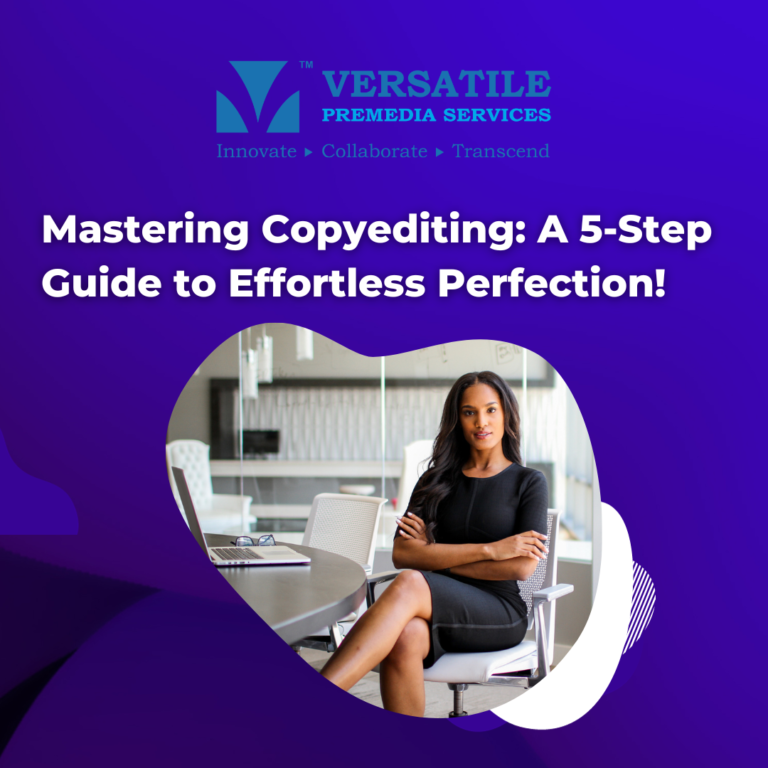“Pen Down for the generation of today, and not what you would have wanted to read when you were a child” – How to write for the “Generation of Today”.
These are the ever-changing groups that are most flexible. You ought to read what others are writing for the chosen age groups. It helps to see how other authors handle tone and intricacy.
Adult writers are inclined to write in the style of books they grew up reading and which can be brilliant classics, but this does not mean that children of this generation will also find it engaging.
Children today have phones, access to the internet and a whole array of technology. Keep this in mind while writing for them. So read, read and read……. as many books as possible. Listen to children talk and interact.
Following are a few tips that can guide the writer—-
- Be Mindful of what age you are Writing for—This will affect your approach in writing for kids.
Children’s fiction is comprised of different age groups. There’s a reason the children’s store shelves are split up according to age group. What interests an eight-year-old will not interest an eleven-year-old.
How to write for the “Generation of Today”, younger children tend to prefer happy and safe endings, where the order is re-established, while older kids like a bit more risk in the narrative—that’s not to say they don’t like happy ‘safe’ endings. It is just that the road leading to that direction can be a bit rockier. Explore the shelves at your local bookstore or library and take note of what each age range will prefer.
- Keep in mind that Children are Sincere Readers
If your book does not interest them, they will likely be vocal about it. That will make them doubtful to buy or recommend your books to anyone in the future.
Children will put the book down and never come back to it. They do not have the patience that adults have where they think, ‘Oh, maybe the narrative will pick up in the next few pages.’ This does not work at early ages. Keep things quick—every chapter needs to make the story move—and yes, this does go for all writing but is way more unforgivable in children’s fiction writing.
- Trust Your Young Readers
Children are far more conscious than some adults give them credit for. Don’t dumb down events for the sake of fitting into a specific age group. Instead, please spend some time adding some details and allow them to piece it together for themselves without getting too complicated.
Books for children must be clear and easy to follow. Kids won’t spend the time puzzling out an overly complicated plot. Just keep the story simple—no unnecessarily complicated sentences or ideas. It’s all to strike a balance.
- Remember that the sense of Humour of adult and children are way different
Adults and children do not find the same two things, funny. This might seem quite an obvious statement, but when writing for children and you are in the zone’, Things can slip onto the paper that you as an adult will find amusing but will not go down as well with children.
Watching a children’s film, you will laugh or chuckle at different parts throughout. Please make a note of what makes them laugh and use that knowledge within your story.7.
- Avoid two-dimensional characters
Characters in children’s books must immediately jump out of the page and attract your attention. Lot mounts on the first impression of integrity. An annoying main character that you can’t get a grasp on and find it hard to identify with can damage your story in any writing.
So, be mindful and get a better picture of how and what to write for the young generation…




2 Responses
I just couldn’t leave your site prior to suggesting that I extremely loved the usual information an individual provide for your visitors? Is going to be again continuously in order to check out new posts.
Wow, superb weblog format! How long have you been blogging for? you make blogging look easy. The overall glance of your website is great, as smartly as the content!